This Visionneuse (viewer) was discovered by Madame Nicole Canet and included in her 2009 exhibition Maison Closes (Brothels) at the Galerie Au Bonheur du Jour, Paris. The tabletop stereo viewer originally sat in the waiting room of a Paris brothel. Gentlemen would drop coins through the top slot and then, turn the right hand knob to view a series of paper stereo cards depicting the pensionnaires travaillant dans la maison (boarders working in the house). Our box holds two dozen cards on a wire frame linked together in a continuous loop. Each coin must have allowed for one sequence through the cards.
In her exhibition catalogue, Canet writes that she attempted “to re-open the doors to these secret houses and hotels, the bordellos and brothels of Paris, which for many years have remained stubbornly closed. The maisons closes are an integral part of the history of Paris from the Belle Époque to the first decades of the twentieth century.”
She continues “I opened Au Bonheur du Jour on 13 April 1999, exactly fifty-three years after the law was passed that meant the destruction of the national register of prostitutes and the closure of some 1,400 establishments, 180 of which were in Paris. Coincidentally, the gallery, at number 11 rue Chabanais, is situated just opposite a house, at number 12, where for many years one of the legendary bordellos of Paris operated: Le Chabanais.”
Our unlabeled viewer, with its simple revolving wire chain, is a late nineteenth-century variation of the Alexander Beckers tabletop viewer. A trained Daguerreian, Beckers worked as a photographer in New York City for many years before he was sidetracked with his inventions. On April 7, 1857, he patented a revolving stereoscope with a metal belt that held up to 144 glass or 288 printed views. Since then, the many variations of his device are often referred to generically as “Beckers.”
Special thanks go to Rubén Gallo, Professor of Spanish and Portuguese Languages and Cultures; and Director, Program in Latin American Studies, for his patient assistance in the acquisition of this historic optical device.
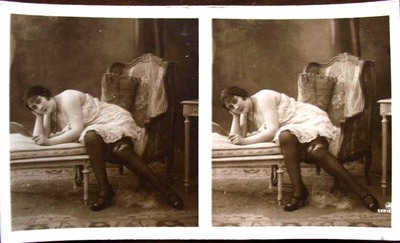
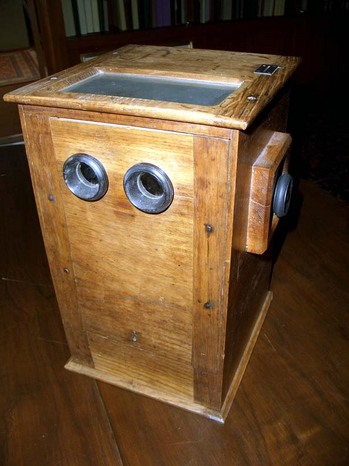
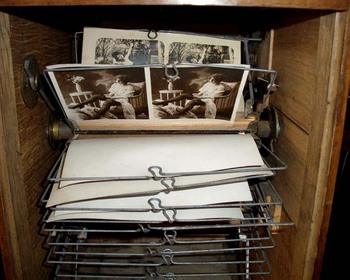
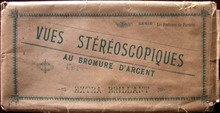

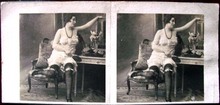
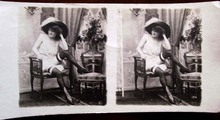
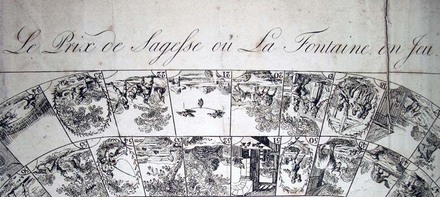
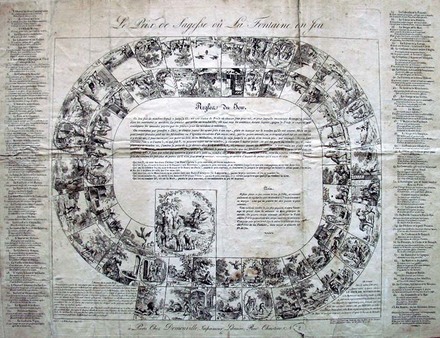
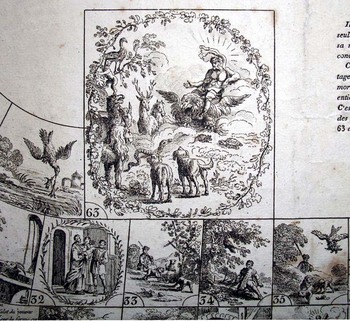
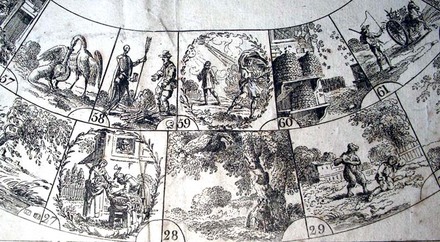
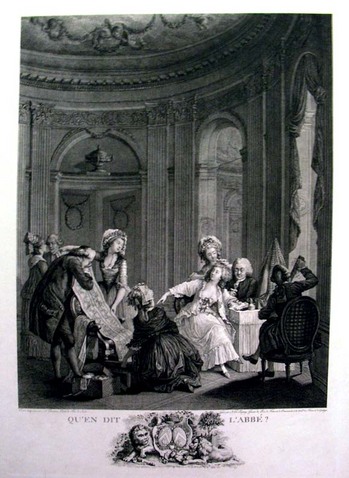
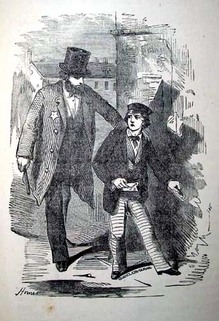
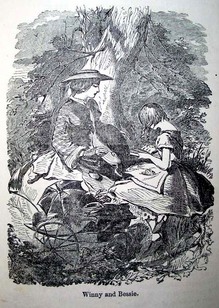
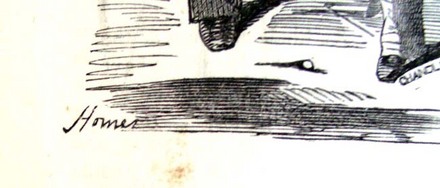
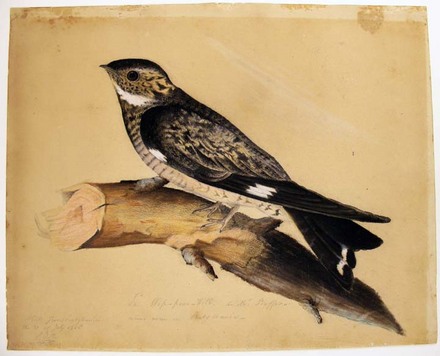
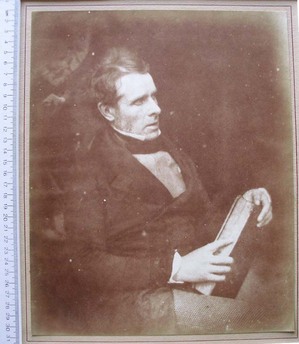
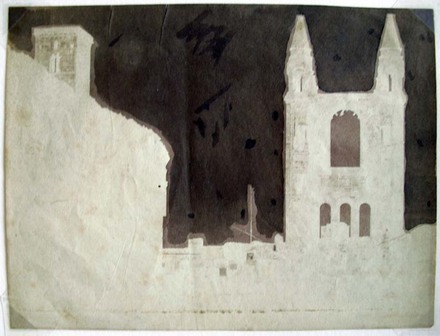
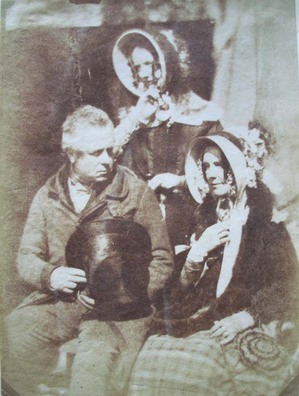
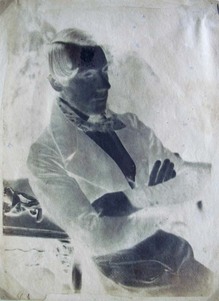
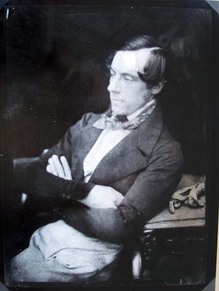

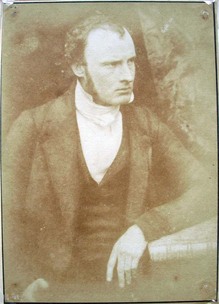
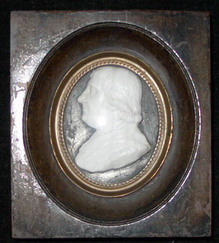
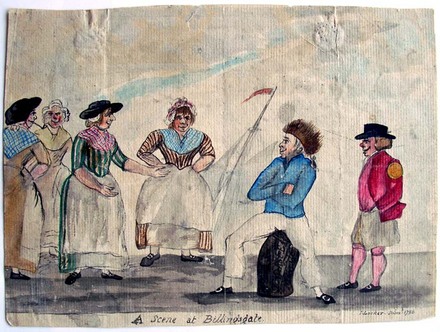
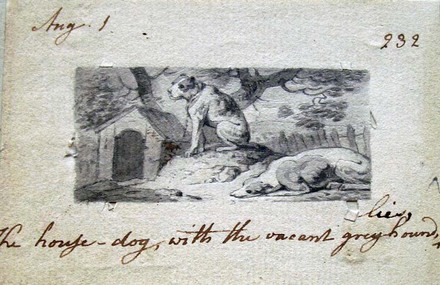
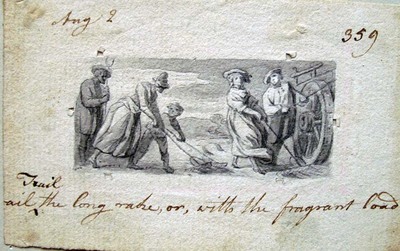
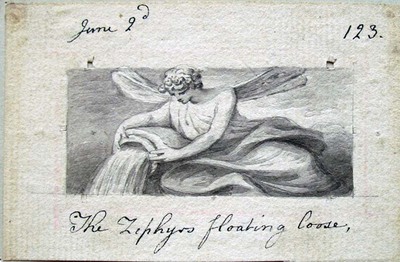
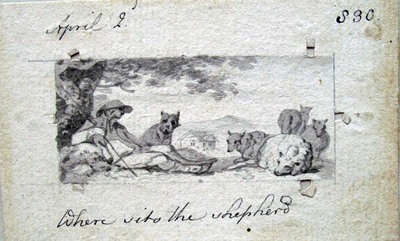
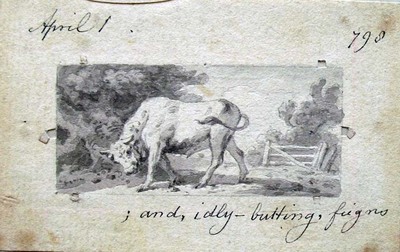
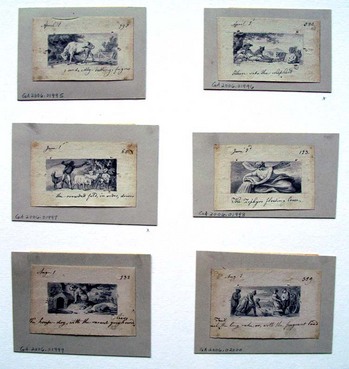
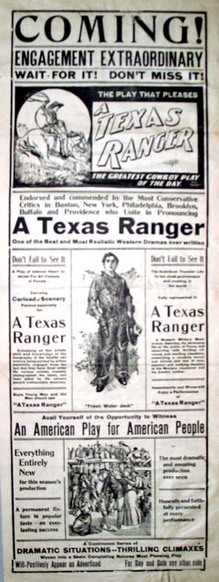
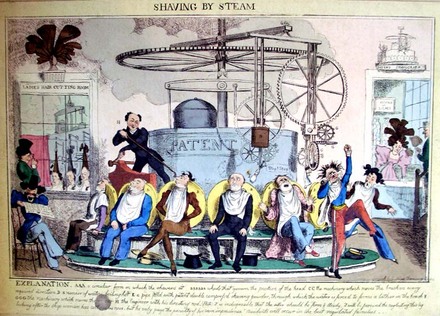
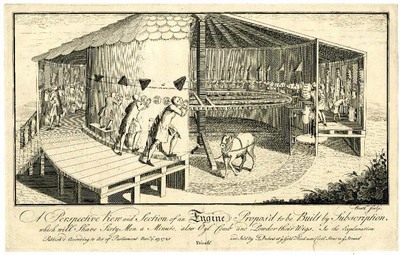
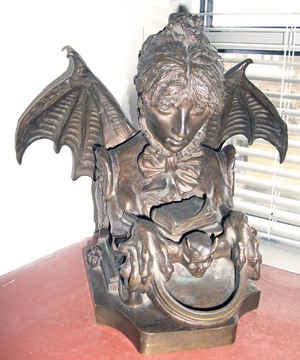
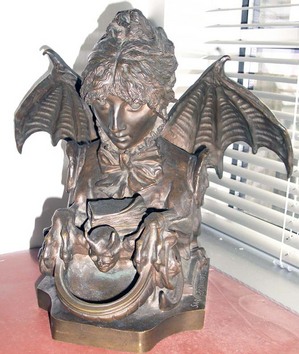
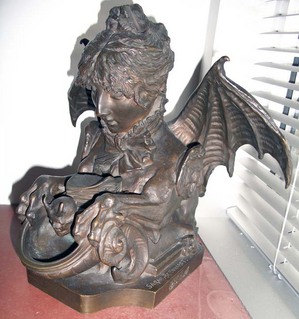
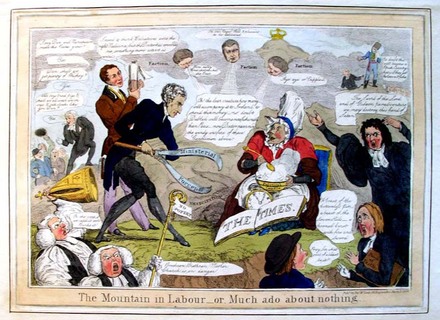
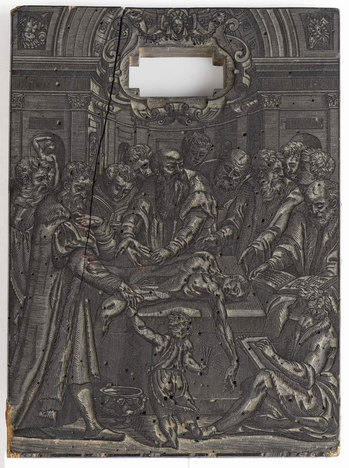
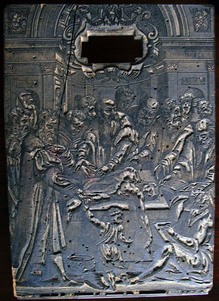
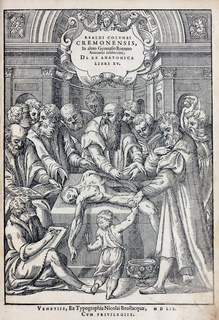
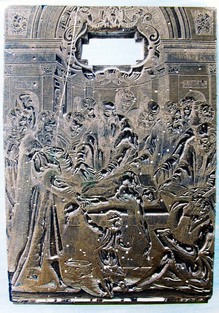
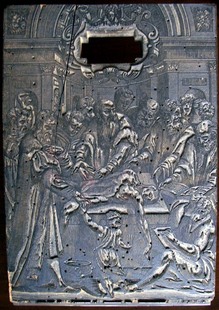
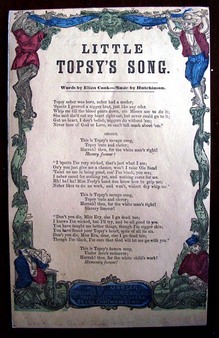
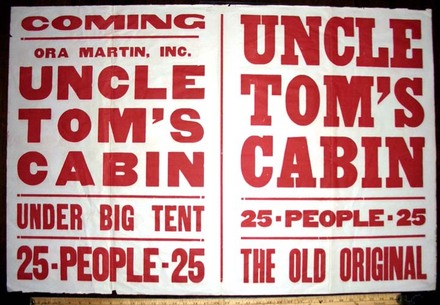
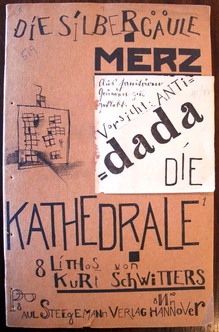
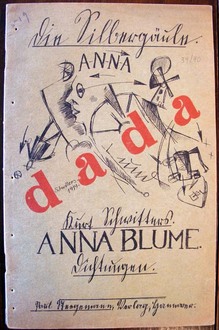
Recent Comments